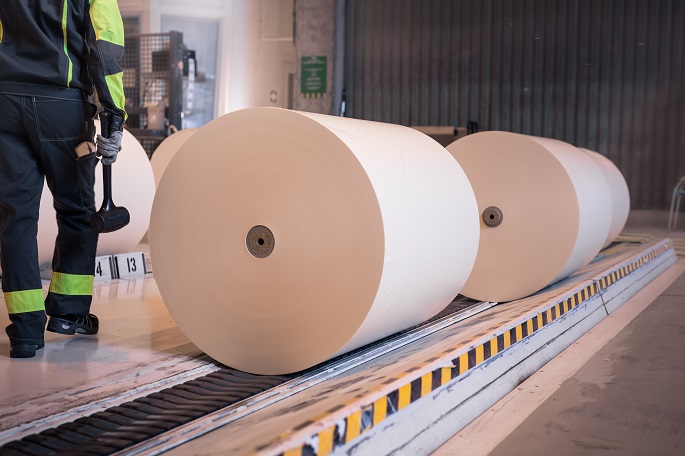Profitability of forestry nosedives
Published : 21 Sep 2020, 01:04
The economic situation had passed its peak in 2019, and the profitability of forestry fell clearly from the previous peak year, according to the Natural Resources Institute Finland (Luke).
Felling volumes of logs from non-industrial private forests decreased by 12%, and the prices of softwood logs fell by nearly 8% in real terms.
Demand for pulpwood remained relatively high. Felling volumes decreased by roughly 5% but prices dropped only by 1%.
The operating profit of non-industrial private forestry decreased by 17% to EUR 128 per hectare in 2019.
Although this is a significant decrease from the peak year, the operating profit was still 4% higher than the previous five-year average. The operating profit of non-industrial private forestry totalled EUR 1,755 million, being at the same level as in 2017.
In southern Finland, the operating profit of non-industrial private forestry decreased by nearly 20% from the previous year to EUR 163 per hectare. In northern Finland, the operating profit was EUR 58 per hectare (-5%). Northern Finland consists of the regions of north Ostrobothnia, Kainuu and Lapland.
“Two years ago, logs accounted for nearly three quarters of earnings in southern Finland and more than half in the north. Last year, the felling volumes and prices of logs fell much more steeply than those of pulpwood. This can be seen as a larger decrease in the operating profit in southern Finland than in northern Finland,” said Esa Uotila, a research scientist at Luke.
Return of assets in wood production decreased to minus 0.9% in 2019. The previous year when ROA was negative was 2012. In Luke’s calculations, return of assets have been divided into five parts. Earnings from wood sales increased the return by 3.7 percentage points, the value of net increment of growing stock by 1.4 percentage points and state subsidies by 0.1 percentage points. The decrease in stumpage prices reduced the return of assets by 5.5 percentage points and total wood production costs by 0.6 percentage points. The return of assets was much lower than average ROA in previous years. Average ROA was 6.1% during the previous five years and 3.5% during the previous 10 years.
Over the course of years, the fluctuation of wood prices has increased or lowered total returns on wood production by up to a little over one quarter. Excluding changes in wood prices, the returns have remained close to 4%.


